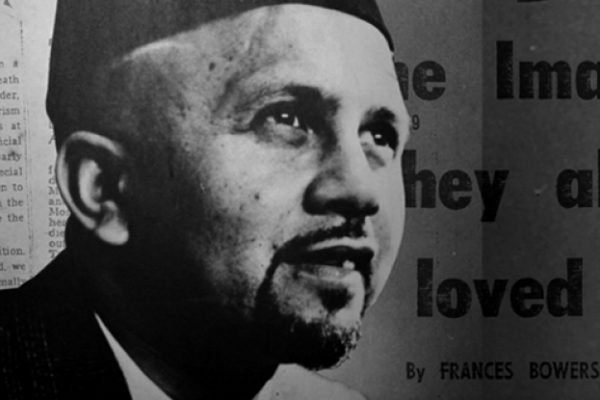Prior to the march, Alabama Governor George Wallace had already ordered state troopers “to use whatever measures are necessary to prevent a march.” They violently struck the protestors to the ground and suffocated them with tear gas. Deputies on horseback chased protestors with clubs wrapped in barbed wire to inflict maximum damage.
Prior to the march, Alabama Governor George Wallace had already ordered state troopers “to use whatever measures are necessary to prevent a march.” They violently struck the protestors to the ground and suffocated them with tear gas. Deputies on horseback chased protestors with clubs wrapped in barbed wire to inflict maximum damage.
The Civil Rights Act of 1964 had done little to ensure that African Americans could finally vote, and the disturbing consequences of Jim Crow laws were still being felt. At the time President Lyndon B. Johnson tried to stop Jim Crow laws by signing the Voting Rights Act of 1965 into law, but to little avail.
Jim Crow laws were a collection of state and local statutes that legalised racial segregation. The legal system also meant that former Confederate Soldiers could work as judges and their racist ideologies allowed them to be biased and prevent African Americans from winning court cases.
Civil rights demonstrators planned to peacefully march to Montgomery to highlight legal barriers, which prevented African Americans from voting. They also wanted to protest against police troopers who shot and murdered Jimmie Lee Jackson, a 26-year-old church deacon, in Marion as he tried to protect his mother. There had also been other peaceful marches and in January 1965 Martin Luther King Junior came to Selma to support the cause. He wrote to the New York Times, “This is Selma, Alabama. There are more negroes in jail with me than there are on the voting rolls.”
On March 7, 1965, 25-year-old activist John Lewis led 600 marchers across the Edmund Pettus Bridge in Selma, Alabama and they were brutally attacked by state troopers. Hosea Williams represented the Southern Christian Leadership Council (SCLC) along with Lewis, a Southern Christian Leadership Council chairman who later became a U.S. congressman. The protestors marched peacefully through Selma but as they crossed the steel-arched bridge across Alabama, they could see the dragon symbol emblazoned across the Ku Klux Klan flag, state troopers wearing gas masks armed with clubs, Edmund Pettus, deputies of county sheriff Jim Clark and white spectators eagerly anticipating bloodshed. The peaceful protestors kept marching down the sidewalk of the bridge until they were 50 feet away from authorities. After a brief verbal exchange, violence ensued.
Prior to the march, Alabama Governor George Wallace had already ordered state troopers “to use whatever measures are necessary to prevent a march.” The troopers pushed past Lewis and Williams. They violently struck the protestors to the ground and suffocated them with tear gas. Deputies on horseback chased protestors with clubs wrapped in barbed wire to inflict maximum damage. The protestors did not fight back as they were never armed with weapons. More than 50 marchers, including Lewis, were hospitalised.
This time, TV reporters and cameras were there to witness and capture the violence. It took hours for the footage to be flown to ABC News headquarters in New York. Ironically at 9.30pm that evening, 50 million American viewers were eagerly preparing to watch “Judgment at Nuremberg” – a film about Nazis and those who did not speak out against the injustice of the Holocaust. Many viewers were sympathetic and over the next 48 hours, human consciousness grew as people began to take part in demonstrations. They further showed solidarity by taking part in another peaceful march on March 9th, but state troopers at Edmund Pettus Bridge blocked them from proceeding onwards.
President Lyndon B. Johnson then introduced the Voting Rights Act of 1965 into Congress on March 15, 1965. The legislation meant that literacy tests were no longer required for African Americans to vote. It was eventually signed into law on August 6th, 1965.
On March 21st, there was a third march from Selma, which was led by Martin Luther King Junior. It was allowed to take place following a federal court order under the protection of National Troop Guards. They reached Montgomery on March 25th with a 25,000 strong crowd.
Even in today’s modern society, African Americans are still facing police brutality, racism, and social injustices. The use of modern technology and social media means it can be documented and seen by the public. And organisations like Black Lives Matter are responding to these challenges and creating awareness. ‘Bloody Sunday’ is a day that everyone needs to understand because the ramifications of it live on.





